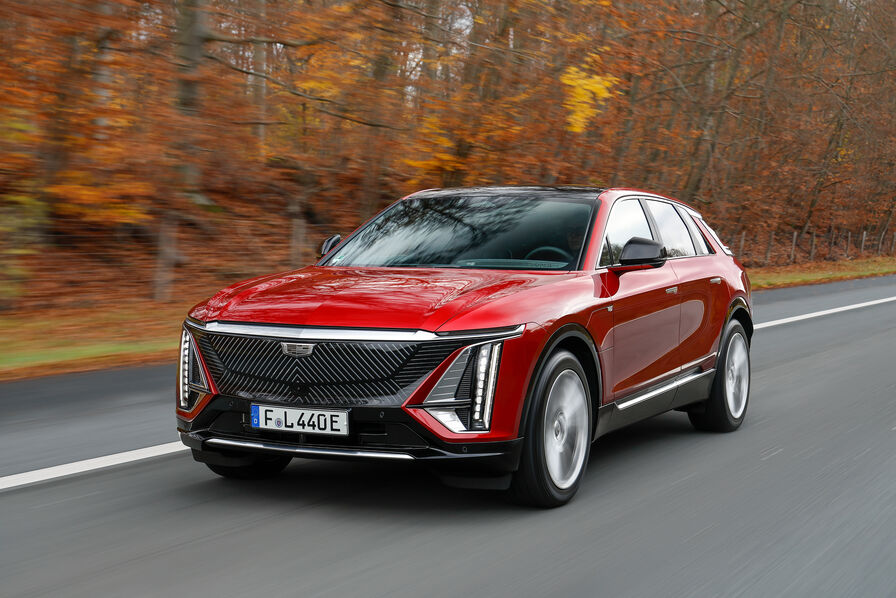GM Develops Advanced Autonomous Driving System for Hands-Free Travel
 Nettribe Media
Nettribe Media
General Motors (GM) is making significant strides in the field of autonomous driving by developing a hands-off, eyes-off driving system aimed at Level 3 (L3) autonomy. Unlike current Level 2 systems, where drivers are required to stay engaged and attentive even while some driving tasks are automated, GM’s new L3 system will allow drivers to relinquish control in specific driving scenarios, such as highway driving or at lower speeds. This system represents a major technological leap forward in GM's Advanced Driver Assistance Systems (ADAS) strategy.
The concept of L3 autonomy means that the vehicle can manage most of the driving functions, enabling drivers to take their eyes off the road and focus on other tasks, though they still must be prepared to take over when prompted. While L3 autonomy won’t equate to full self-driving, it is a step closer to the future of automated vehicles, allowing for increased driver comfort and convenience.
This new system builds on GM's existing Super Cruise technology, which launched in 2017 as one of the first hands-free driving systems available. Super Cruise uses a combination of LiDAR, GPS, cameras, and radar sensors to navigate, but it still requires the driver to pay attention. The next step, L3, would remove the need for constant monitoring, though it would still necessitate occasional driver intervention, particularly in complex or unpredictable driving conditions.
GM’s commitment to ADAS and autonomous vehicle technology is evident in its recent strategic hires, such as bringing on board Anantha Kancherla as Vice President of ADAS. With experience in autonomous vehicles at Lyft, Kancherla is tasked with building on the foundation of Super Cruise, pushing GM toward more sophisticated, hands-off systems. His role is crucial in ensuring that GM remains competitive in the increasingly crowded field of autonomous driving technology, particularly as rivals like Tesla and Waymo continue to push their own systems forward.
The rollout of GM's new L3 system is part of a broader push by automakers to develop autonomous vehicles that can handle the complexities of real-world driving without human intervention. While full autonomy (Level 5) remains a distant goal, the transition to Level 3 is seen as a critical milestone. At present, GM has not confirmed a specific timeline for when this technology will hit the market, but it is expected to be a central component of GM's long-term strategy to enhance the driving experience and lead in the autonomous vehicle space.
This effort is part of a wider industry trend toward integrating more autonomous features into mainstream vehicles, which is expected to revolutionize how people commute, reducing accidents caused by human error and increasing road safety.
Subscribe to my newsletter
Read articles from Nettribe Media directly inside your inbox. Subscribe to the newsletter, and don't miss out.
Written by
